Case Studies
The BTO Acoustic Pipeline, and the machine-learning algorithms that underpin it, have been successfully used in a range of applications across the UK and Europe. The case studies detailed below range from citizen science projects, to large-scale conservation monitoring projects and professional bat surveys.
Recording nocturnal bird migration
Nocturnal bird migration can be monitored by recording the flight calls of vocal species. However, it is difficult to configure recorders with triggers to record bird flight calls (unlike the configuration for triggers to record bat echolocation calls).
This necessitates continuous recording through the hours of darkness, and then hours of manual processing to find calls of interest. Such a workflow is impossible to scale across multiple sites.
For a research project assessing the response of migratory thrushes to artificial light at night, we deployed acoustic recorders at over 20 locations, each for up to 14 nights.
To process the thousands of hours of audio we trained a convolutional neural network to automatically detect and identify flight calls of Redwing, Song Thrush and Blackbird.
Subsequent versions of this classifier will soon be available within the Acoustic Pipeline.
- Read a summary of the peer-reviewed publication, Nocturnal flight calling behaviour of thrushes in relation to artificial light at night (Gillings, S. 2021. Ibis 10.1111/ibi.12955)
Monitoring habitat restoration in endangered landscapes
Polesia
Polesia is a massive lowland region covering more than 18 million ha, bordering Poland, Belarus, Ukraine, and Russia and shaped significantly by the Pripyat River. It is one of Europe’s largest natural complexes, with habitats including transitional mires, fens, and marshes, raised bogs, wetlands, peatlands and ponds.
The Endangered Landscapes Programme seeks to restore and recreate habitats in the region. Working with researchers in Belarus and Ukraine, and the Zoological Society of Frankfurt in Germany, BTO supported the deployment of passive acoustic recorders at over 400 locations during 2019–22 to record nocturnal birds and mammals.
Scientists used the BTO Acoustic Pipeline to process these recordings as part of BTO’s Wilderness Without Borders project. They discovered breeding Great Grey Owls at three sites, and improved our knowledge and understanding of bat distribution and activity in the region. This included information about Greater Noctule and Pond Bat, which are classified as Vulnerable and Near Threatened on the IUCN Red List of Threatened Species.
Portugal
The aim of this project has been to enhance the ability of acoustic monitoring to measure the effects of restoration on biodiversity, with broader implications for biodiversity monitoring in Europe.
Specifically the project focused on developing the tools to process data from acoustic surveys from Endangered Landscape Partnership projects across Europe, to help assess the effects of restoration on these taxa.
Bat surveys for scientific research
Ryevitalise – Bats and Ancient Trees
Working with a network of volunteers, static acoustic bat detectors have been deployed over a number of survey seasons, to provide extensive bat data for the Ryevitalise Landscape Partnership Scheme area of the North York Moors National Park.
In 2022, the project surveyed 100 different locations and recorded on a minimum of 160 different nights, mainly between May and the end of September. This amounted to a total of 413 nights of recording effort across all the sites.
Sound recordings were uploaded to the BTO Acoustic Pipeline by volunteers, and an initial automated analysis was carried out to find likely species records. These were subsequently manually verified. Overall, the project collected 581,251 recordings.
Analyses and validation revealed these recordings included 278,447 bat recordings and 427 small terrestrial mammal recordings.
Quantifying the impact wind farm development on bats – Southern Scotland Bat Survey
To ensure that green energy generation is deployed in a sustainable way, we need to minimise the impacts of future wind farm developments on bats. This requires surveys and analyses that are able to deliver a robust understanding of large-scale patterns in species’ distributions and abundance.
The Southern Scotland Bat Survey demonstrated that extensive presence-absence survey data can be collected for bats across a large region (> 20,000 km2) of southern Scotland, using volunteer efforts, and supplemented with additional fieldworker contribution in remote areas.
Classifiers from the Acoustic Pipeline were used to process recordings from the project. The subsequent data was then analysed to quantify the impact of future wind farm development on bats, highlighting the top 1%, 5% and 10% of the area for bats.
- Read a summary of the peer-reviewed publication Large-scale citizen science improves assessment of risk posed by wind farms to bats in southern Scotland (Newson, S.E., Evans, H.E., Gillings, S., Jarret, D., Raynor, R., Wilson, M.W. 2017. Biological Conservation 215)
Public engagement and high-quality data collection – Norfolk Bat Survey
The Norfolk Bat Survey was the first project to benefit from early versions of the Pipeline’s ultrasonic classifiers.
Using an equipment booking system and square sign-up map, volunteers across Norfolk borrowed bat recorders, recording over 2 million bat detections from 6,145 locations across the county.
As well as providing a novel engagement opportunity, the survey has generated high-quality data, which have been used in four peer-reviewed journal articles:
- Can citizen science provide a solution for bat-friendly planning? (Border, J.A., Gillings, S., Reynolds, T., Neeve, G. & Newson, S.E. 2022. Landscape & Urban Planning 223)
- Bats in urbanising landscapes: habitat selection and recommendations for a sustainable future (Gili, F., Newson, S.E., Gillings, S., Chamberlain, D.E. & Border, J.A. 2019. Biological Conservation 241)
- Predicting the likely impact of urbanisation on bat populations using citizen science data, a case study for Norfolk, UK (Border, J.A., Newson, S.E., White, D.C.J. & Gillings, S. 2017. Landscape and Urban Planning 162)
- A novel citizen science approach for large-scale standardised monitoring of bat activity and distribution, evaluated in eastern England (Newson, S.E., Evans, H.E. & Gillings, S. 2015. Biological Conservation 191)
Providing baseline data – Bailiwick Bat Survey
Starting in 2021 and working with a network of volunteer fieldworkers, the Bailiwick Bat Survey aims to provide extensive baseline data for bats for Guernsey, Alderney, Herm and Sark. The Survey involves the deployment of static acoustic bat detectors over a 7 month survey season.
In its first two seasons, the project resulted in the discovery of six new bat species for the islands. During 2022 alone, 622 different locations across the Bailiwick of Guernsey were surveyed, amounting to a total of 2,416 nights of recording effort across sites.
Improving data for planning decisions – Commerical bat surveys
The combination of high-accuracy identifications and data management tools (e.g. remote audio uploads to a central repository) make the Acoustic Pipeline a good choice for commercial bat surveys associated with pre- and post-construction monitoring.
The Acoustic Pipeline is used by over 80 consultancies, including some of the biggest companies in the UK consultancy landscape.
Get in touch
Email us
Questions? We’d love to hear from you.
You can reach us at
acoustic.pipeline [at] bto.org


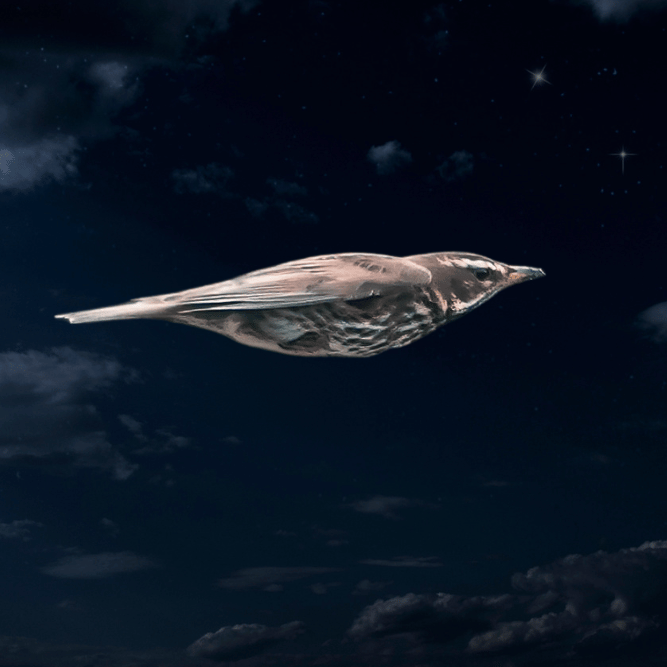
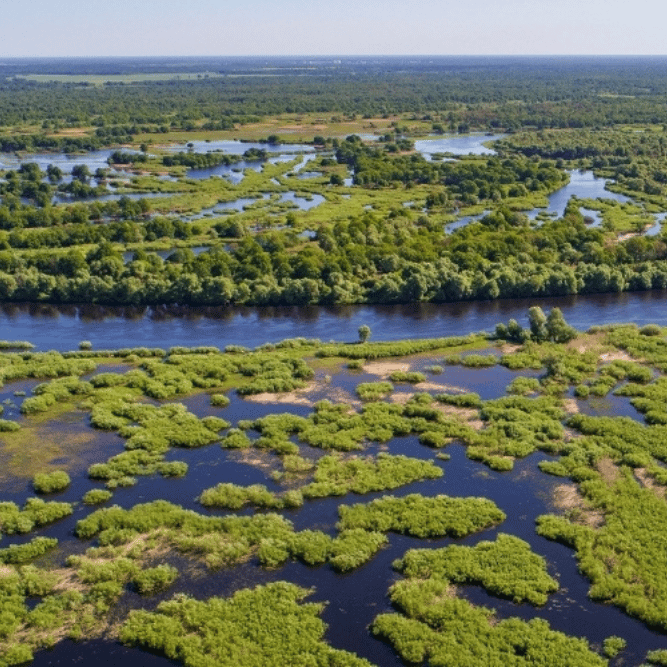
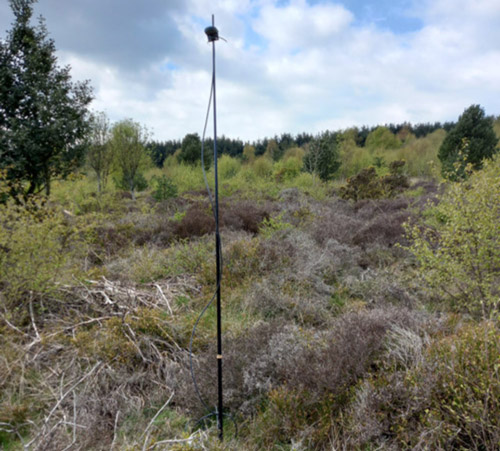

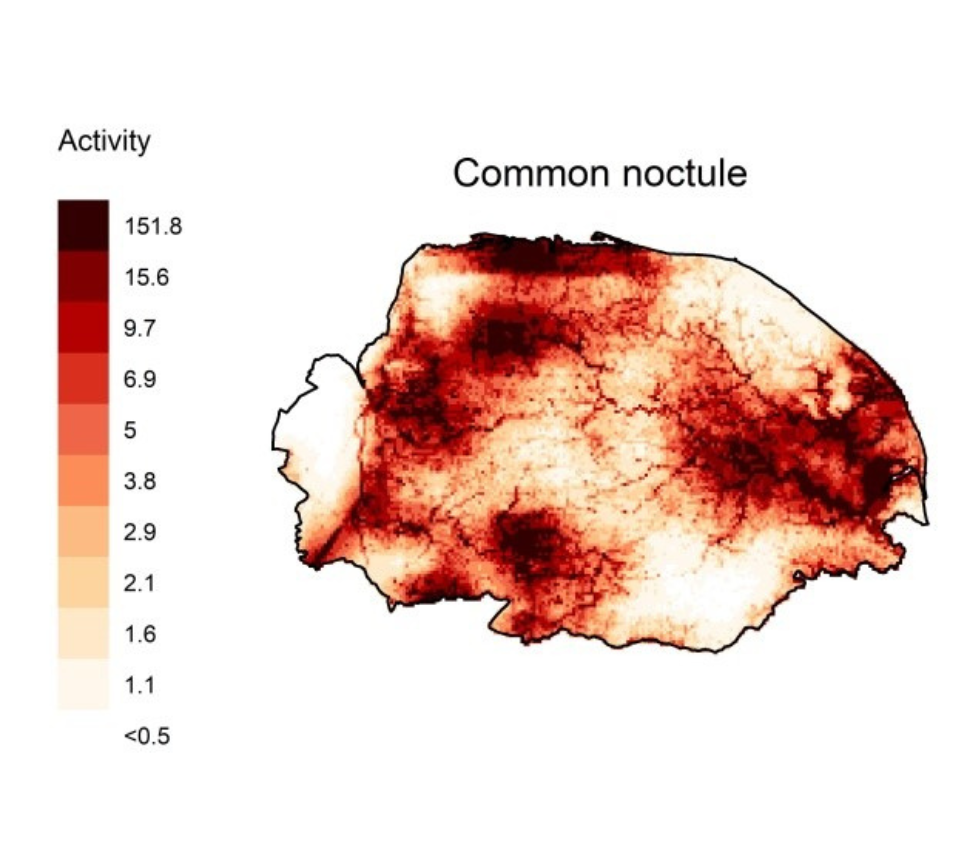

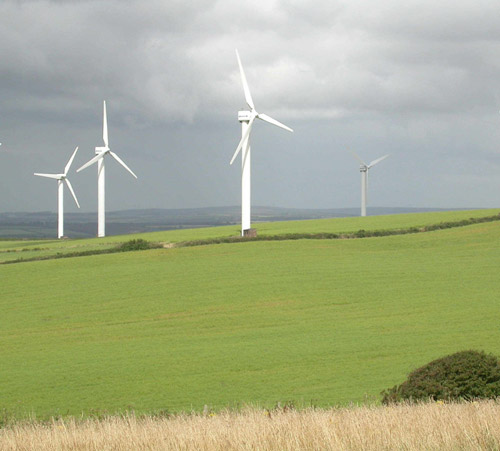





Share this page